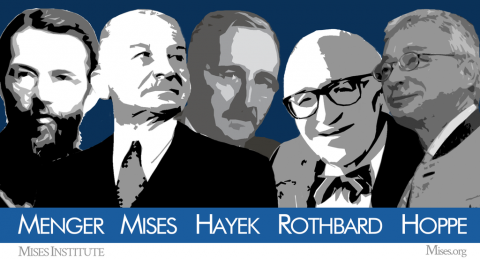World War Two
Published on 30 Aug 2019How young were British soldiers? Could Graf Spee have gotten away? What was the French air force like? Questions, questions, questions – from you no less! With answers from us Out of the Foxholes.
Join us on Patreon: https://www.patreon.com/TimeGhostHistory
Or join The TimeGhost Army directly at: https://timeghost.tvFollow WW2 day by day on Instagram @World_war_two_realtime https://www.instagram.com/world_war_t…
Join our Discord Server: https://discord.gg/D6D2aYN.
Between 2 Wars: https://www.youtube.com/playlist?list…
Source list: http://bit.ly/WW2sourcesImage sources:
Drawing Morane-Saulnier M.S.406 C1 and Dewoitine D.520 fighters : KaboldyWritten and Hosted by: Indy Neidell and Nicholas Moran
Produced and Directed by: Spartacus Olsson and Astrid Deinhard
Executive Producers: Bodo Rittenauer, Astrid Deinhard, Indy Neidell, Spartacus Olsson
Creative Producer: Joram Appel
Research by: Indy Neidell, Nicholas Moran, and Joram Appel
Edited by: Wieke KapteijnsEastory’s channel: https://www.youtube.com/channel/UCEly…
Archive by Screenocean/Reuters https://www.screenocean.com.A TimeGhost chronological documentary produced by OnLion Entertainment GmbH.
From the comments:
World War Two
39 minutes ago
One day before the war has being going on for a whole year, we look back at some stuff from 1939 and 1940. And once again Nicholas Moran, the Chieftain https://www.youtube.com/user/TheChieftainWoT joins us to answer your questions. This time he leaves his main turf (tanks) to dive into his other area of expertise; naval battles. Please remember that we can’t field questions from the comments so if you want submit a new question do it here: https://community.timeghost.tv/c/Out-of-the-Foxholes-QsComing out with Out of the Foxholes has been a bit of a challenge as we try to master the crazy amount of stuff going on in our main episodes. But thanks to the fantastic collaboration of the TimeGhost Army on https://www.patreon.com/TimeGhostHistory and https://timeghost.tv we are constantly expanding our capacity and we hope to come out with these a bit more often now! For now, enjoy and remember that tomorrow our first anniversary episode comes out!



 The fourth and final preseason game is usually a pretty harum-scarum event … few of the starters will even dress for the game, meaning that it’s the very last chance for a lot of players to impress the coaches before the final cutdown deadline (which is 4pm Eastern time). With that “do or die” mentality, the chance for injuries goes up, because the difference between an amazing play that impresses the coaches and a bone-headed stunt that amazes the paramedics can be microscopic. Fortunately, neither the Buffalo Bills nor the Minnesota Vikings appeared to suffer any serious injuries at Ralph Wilson stadium on Thursday night.
The fourth and final preseason game is usually a pretty harum-scarum event … few of the starters will even dress for the game, meaning that it’s the very last chance for a lot of players to impress the coaches before the final cutdown deadline (which is 4pm Eastern time). With that “do or die” mentality, the chance for injuries goes up, because the difference between an amazing play that impresses the coaches and a bone-headed stunt that amazes the paramedics can be microscopic. Fortunately, neither the Buffalo Bills nor the Minnesota Vikings appeared to suffer any serious injuries at Ralph Wilson stadium on Thursday night.













